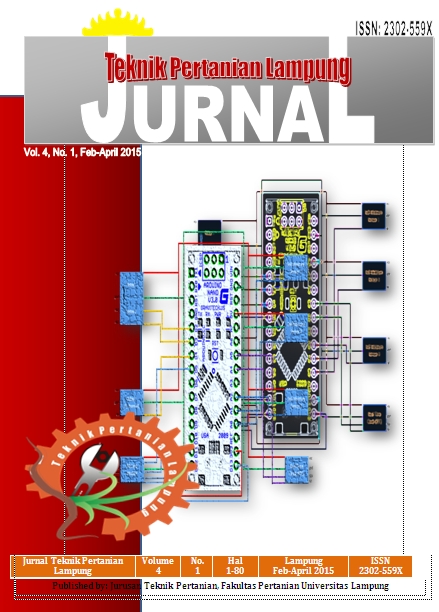THE PRODUCTION AND PHYSICAL CHARACTERISTICS TEST OF ANALOG RICE MADE FROM CASSAVA FLOUR CONTAINING PROTEIN OF SHRIMP
Abstract
Analog rice is one of the foods which are made from various kinds of flour that can be alternative rice. Thepurpose of this research was to create and test the characteristics of analog rice made from cassava flour
enriched with shrimp proteins. Observation parameters on this research are moisture content, uniformity of
grain, bulk density, water absorption and color test. The design of this study is using cassava flour and flour
shrimpwith composition of each treatmentas follow : A (100 : 0), B (95 : 5), C (92.5 : 7.5),D(90 : 10), E (85 : 15).
This study showed that analog rice produced water content of 12.53%- 14.01%, coarse grain diameter 0.95%-
6.64%,moderate coarse grain 21.02%- 37.78%and fine grain55.58%- 78. 03%, bulk density from 0.57 to 0.73
g/cm3 and water absorption 71.33% - 118.67%. Based on the analysis of variance (ANOVA), the treatment of
analog rice influences on the nature of analog rice which is uniformity coarse andmedium with an effect on the
result of bulk density. The dominant color of the resulted analog rice is brown.
Keywords: Fraction analog rice, Shrimp flourprotein, Cassava flour.
Downloads
Published
2015-05-01
Issue
Section
Articles
License
- Authors who publish with this journal agree to the following terms:
- Authors retain copyright and grant the journal right of first publication with the work simultaneously licensed under a Creative Commons Attribution-ShareAlike 4.0 International Lice that allows others to share the work with an acknowledgement of the work's authorship and initial publication in this journal.
- Authors are able to enter into separate, additional contractual arrangements for the non-exclusive distribution of the journal's published version of the work (e.g., post it to an institutional repository or publish it in a book), with an acknowledgement of its initial publication in this journal.
- Authors are permitted and encouraged to post their work online (e.g., in institutional repositories or on their website) prior to and during the submission process, as it can lead to productive exchanges, as well as earlier and greater citation of published work (See The Effect of Open Access).
Jurnal Teknik Pertanian Lampung

JTEPL is licensed under a Creative Commons Attribution-ShareAlike 4.0 International License.

